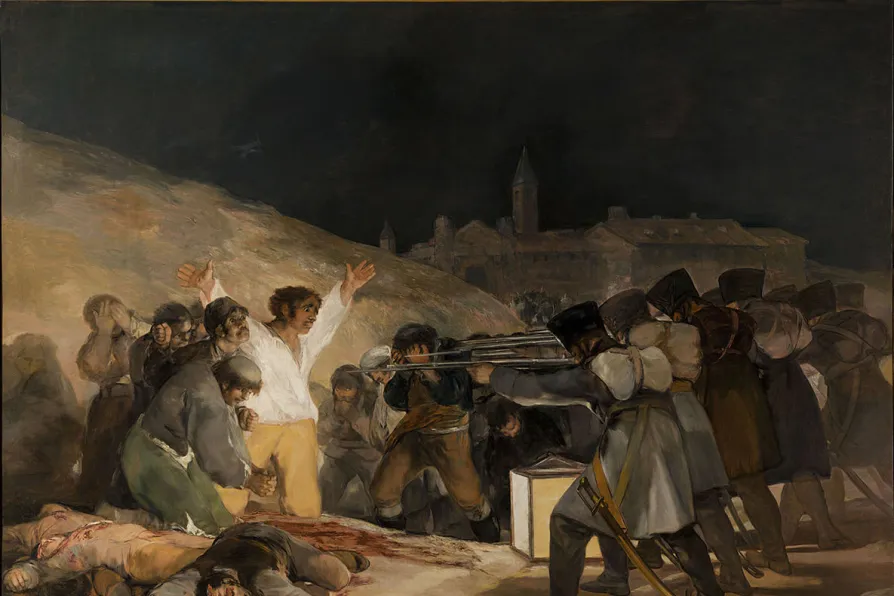MARIA DUARTE is swept along by the cocky self-belief of a ping-pong hustler in a surprisingly violent drama

 The Third of May, 1808 by Francisco Goya
The Third of May, 1808 by Francisco Goya
IN 1814, Spanish artist Francisco Goya painted The Third of May 1808, also known as The Executions of Mount Prince Pio.
It commemorates Spanish resistance to Napoleon's armies during the occupation of 1808 in the Peninsular War and has become an archetypal image of the horrors of conflict.
It was a commission Goya requested from the Bourbons, about to be restored to the throne of Spain after the calamitous interlude of Napoleonic invasion during the war of 1807-1814.

Spanish dictator Francisco Franco died 50 years ago today November 20. JIM JUMP looks back at his blood-soaked rule and toxic legacy on Spain today

TONY FOX invites readers to come and hear the story of the remarkable Liverpudlian International Brigader Alexander Foote

Reading Picasso’s Guernica like a comic strip offers a new way to understand the story it is telling, posits HARRIET EARLE











